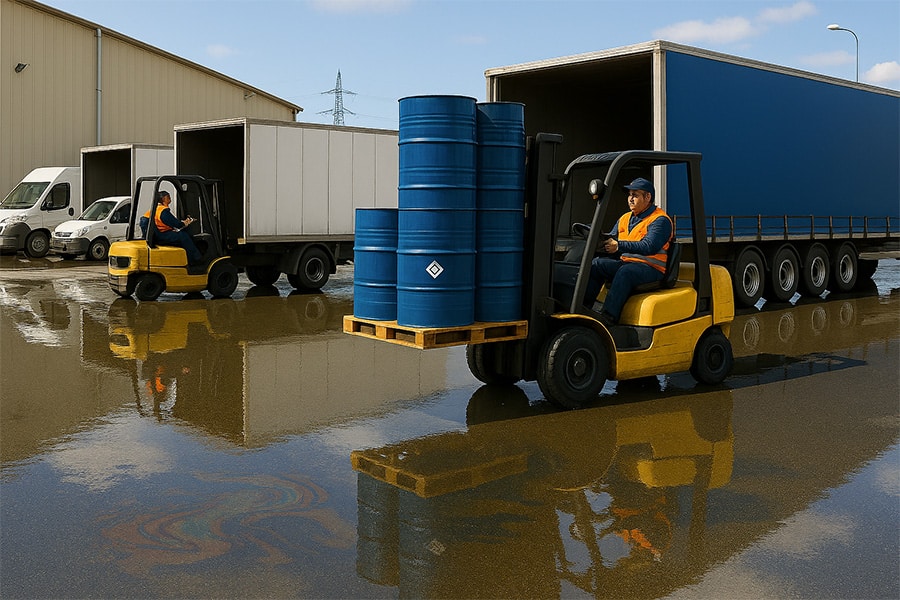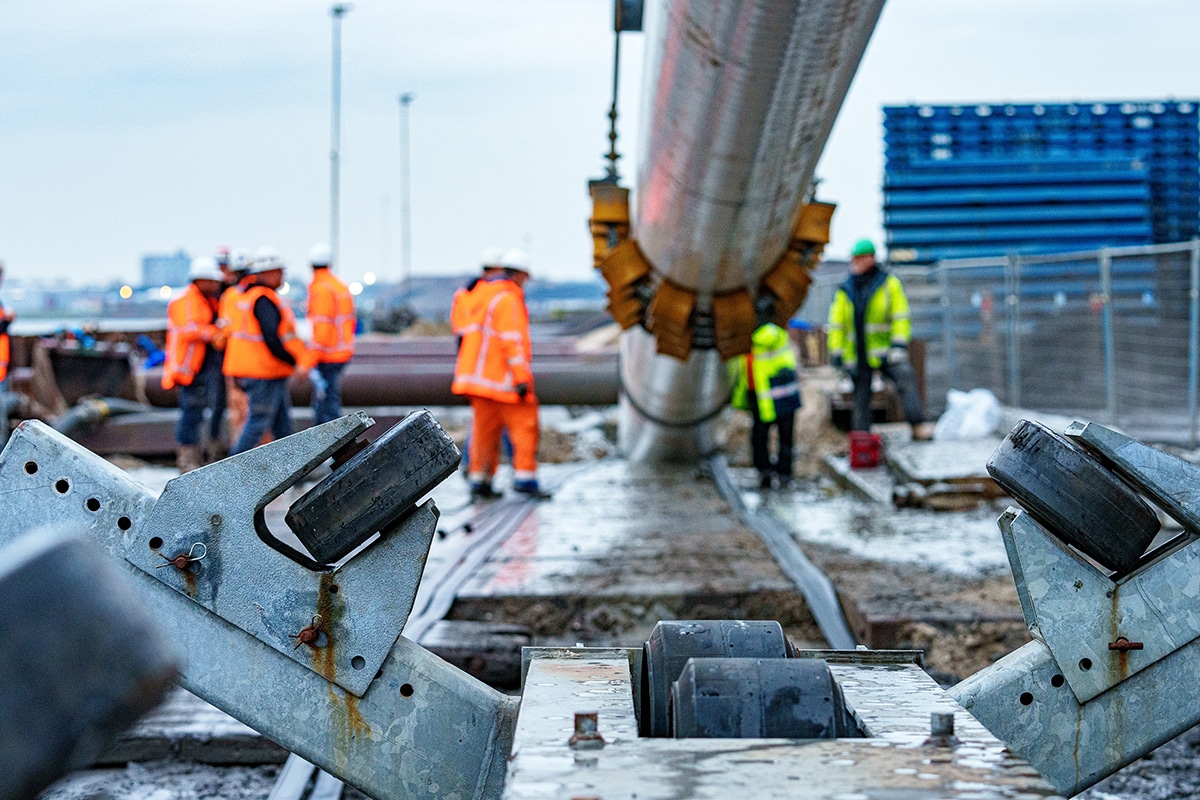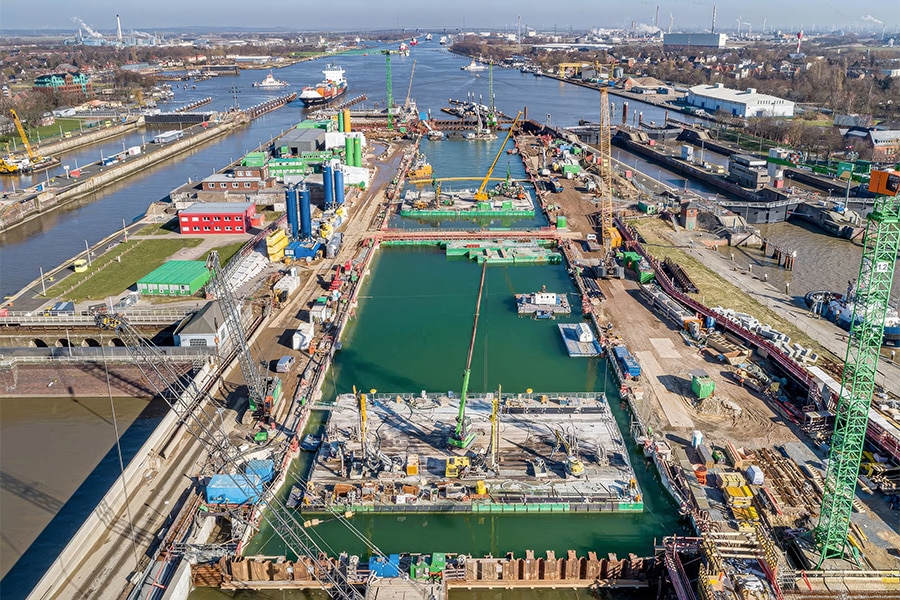
Continuously in control of levee safety
One of the main goals of the dike reinforcement project is a safe dike for the next 50 years. And by the end of 2025 at the latest. "We must continuously be in control of dike safety," said technical manager Gerjan Westerhof. To achieve this, the Graaf Reinaldalliantie is investing heavily in digitization and automation of all processes; design, calculations and drawings.
"Digitization helps us to build safely and efficiently," explains Gerjan Westerhof. "Everything is therefore digitized at our company, think of calculations, working drawings, designs and monitoring tools. A lot of data and calculations are needed to create a safe dike; what is the structure of the subsurface, how strong are the soil layers, what is the pore pressure at high and low water, what are the effects of piping measures, and so on. By digitizing all this data, calculations and designs, we can run everything from one source, namely GIS. This is where the design comes together. Everyone who is involved in this project, think groundskeepers, environmental managers and project managers, works with GIS. There is no more paper involved. The big advantage is that everyone always has the latest version of a document or drawing. We are better in control, it saves time, it works more efficiently, interfaces become clear, you save costs and it increases safety."

Understanding current dike stability
To indicate the importance of digitization, design leader Daan Jumelet, gives the example of the dike design tool Wilma. "Strengthening a dike is not an easy task. It involves a long section, where the geometry of dike varies greatly and the dike is built on a heterogeneous subsurface with varying soil layers of sand, peat and clay. This requires a lot of calculations. Thus, about eighty percent of the geotechnical design process is automated. For this we use Wilma, a digital design and calculation tool. In the design phase, we performed all kinds of calculations. When the work actually starts, thanks to Wilma and with input from monitoring data, we can recalculate calculations at the push of a button to gain insight into the current stability of the dike. In this way, we have continuous insight into dike safety."

Working through during flood season
Another form of digitization is the monitoring tools. Thanks to monitoring such as real-time pocket beacon measurements and pore pressure measurements, work on the dike can continue even during the flood season. In the period from April to October, the probability of high water is greatest. Normally, no work should take place then. However, the monitoring platforms provide continuous real-time insight into the water safety of the dike. Daan: "Thanks to monitoring we have insight into the water levels of the river Waal and the water pressure in and under the dike. The effect of high water is therefore immediately visible. That gives us optimal risk management."




